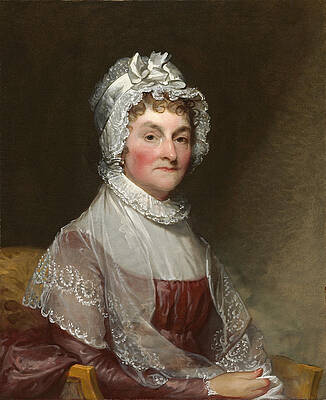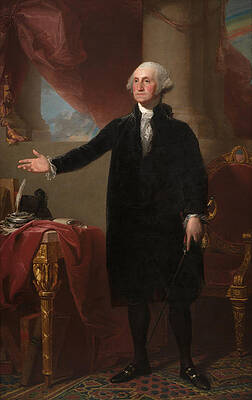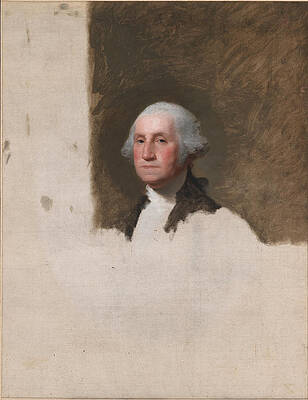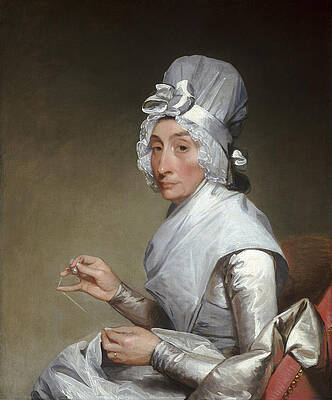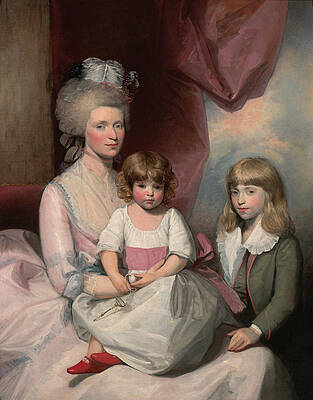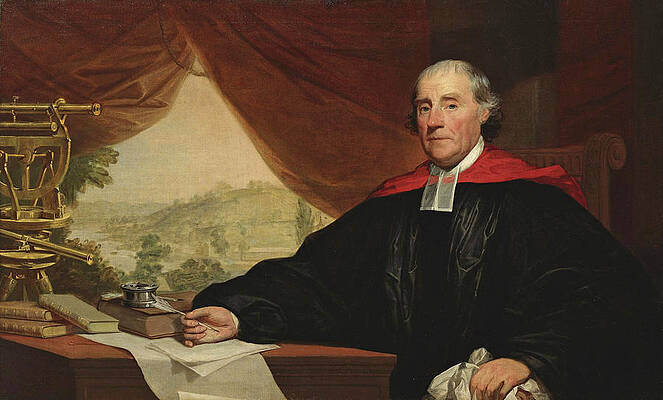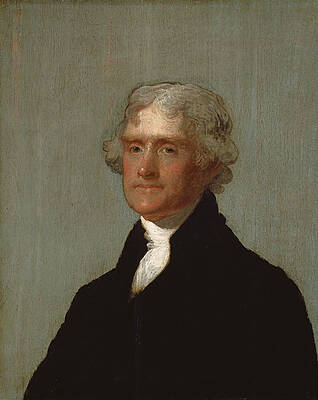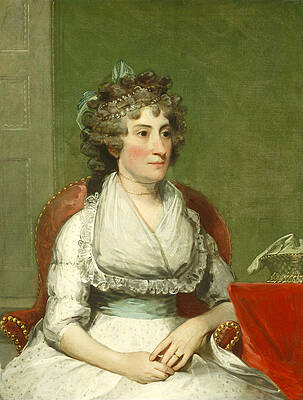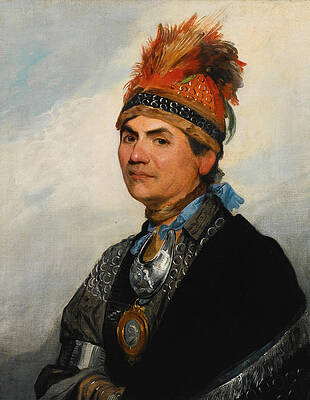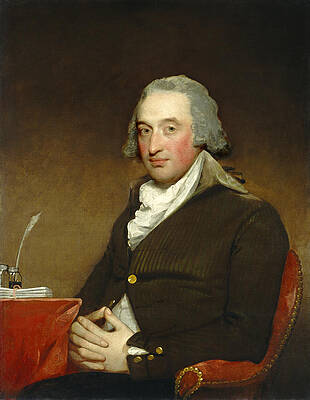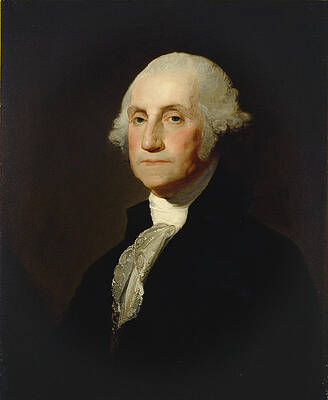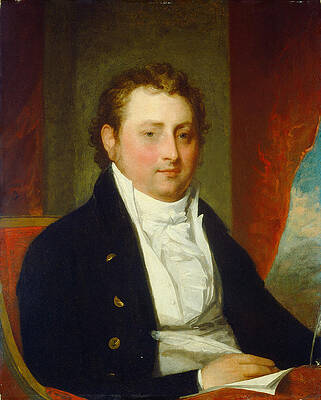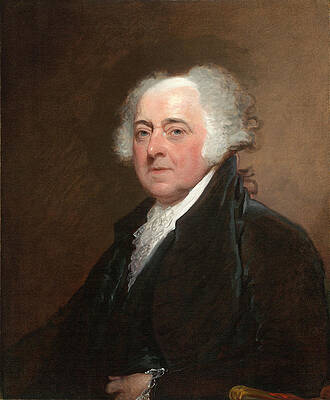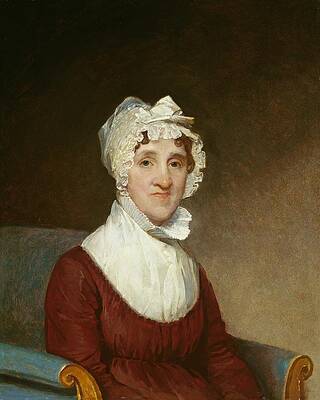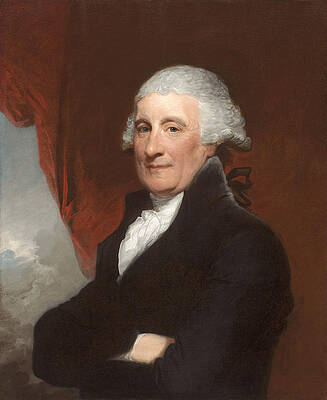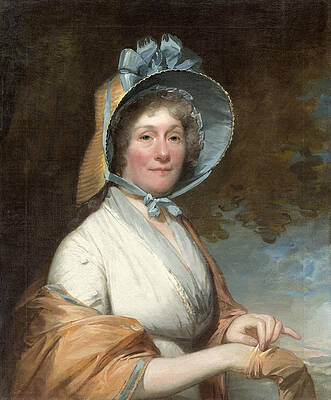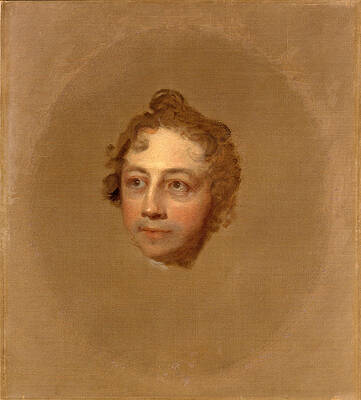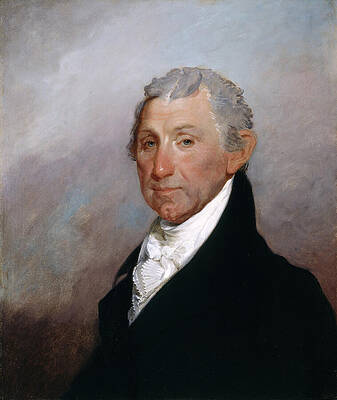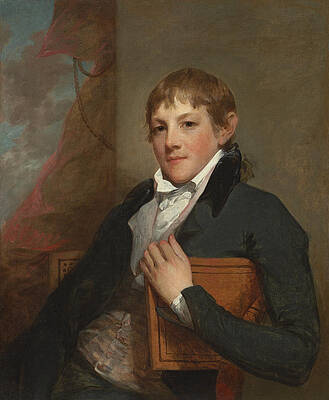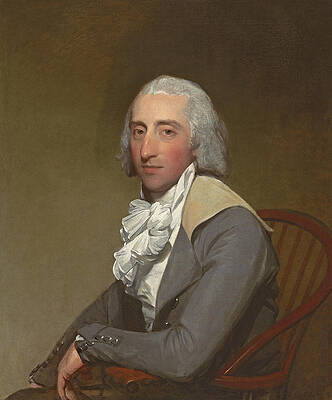Gilbert Stuart (Gilbert Charles Stuart)
Paintings
George Washington. Lansdowne Portrait
George Washington. The Athenaeum Portrait
George Washington
Catherine Brass Yates
Portrait of a Family
Dr. William Smith
Thomas Jefferson
Catherine Yates Pollock. Mrs. George Pollock
Portrait of the Mohawk Chieftain Thayendanegea known as Joseph Bran
John Bill Ricketts
George Pollock
George Washington. Vaughan-Sinclair portrait
George Washington 2
Portrait of James Ward
Edward Stow
Mary Barry
John Adams 2
Sarah Homes Tappan, Mrs. Benjamin Tappan
Wilson Cary Nicholas
Sir John Dick
Richard Yates
Horatio Gates
Robert Liston
Henrietta Marchant Liston. Mrs. Robert Liston
John Quincy Adams
Horace Binney
Washington Allston
John Adams
George Washington
James Monroe
John Randolph
Benjamin Tappan
Portrait of Henry Lambert
Lawrence Reid Yates
Luke White
Jonathan Amory
John Ashe
Ann Calvert Stuart Robinson. Mrs William Robinson
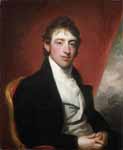
Portrait of David Montague, 2nd Baron Erskine
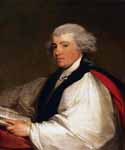
Portrait of Dean Christopher Bertson
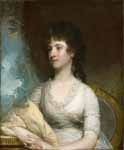
Portrait of Frances Cadwalader Montague, Lady Erskine
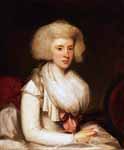
Portrait of Mrs. Christopher Bertson

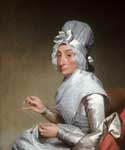
Portrait of Mrs. Richard Yates
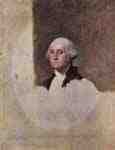
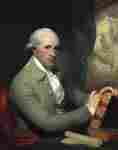

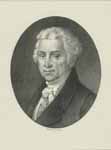

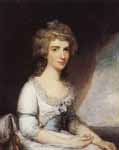
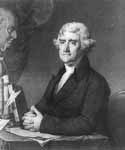

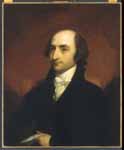


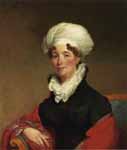
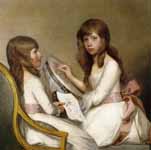
Anna Dorothea Foster and Charlotte Anna Dick
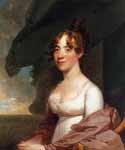


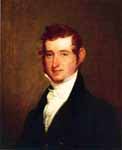
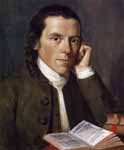
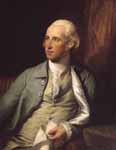
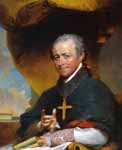
Bishop Jean-Louis Anne Magdelaine Lefebvre de Cheverus
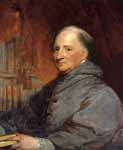
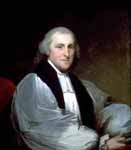
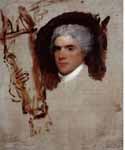
Breschard the circus rider full
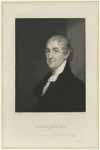
Caleb Strong, late governor of Massachusetts.
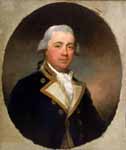
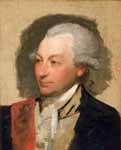

Captain Sir William Abdy, Bt, circa 1735-1803
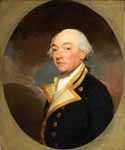
Captain William Lock, 1731-1800

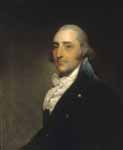
Charles Lee or Gentleman of the Lee Family
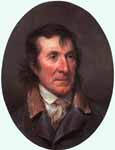
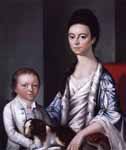
Christian Stelle Banister and Her Son, John

Commodore William Bainbridge, Commander of The Constitution (1774-1833)
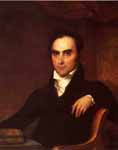
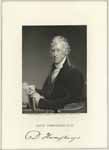

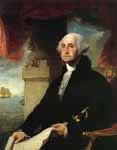
George Washington(The Constable-Hamilton Portrait)
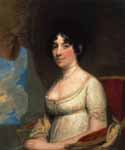
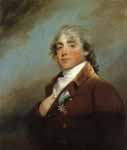
Don Carlos Maria Martinez de Yrujo y Tacon, Marques de Casa Yrujo

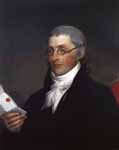
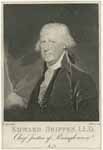
Edward Shippen, L.L.D. Chief Justice of Pennsylvania.
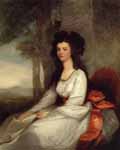
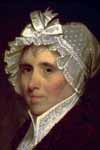
Elizabeth Badlam Doggett. Detail
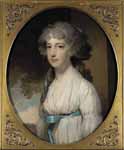

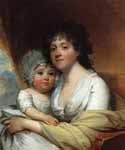
Elizabeth Corbin Griffin Gatliff and Her Daughter Elizabeth
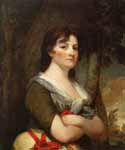
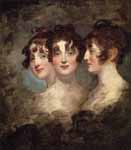


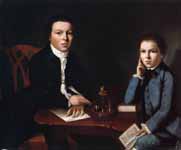
Francis Malbone and His Brother Saunders

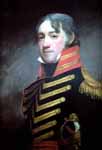
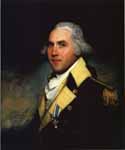

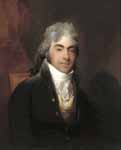

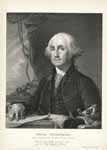
George Washington, first President of the United States.
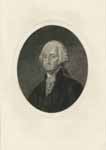

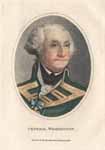

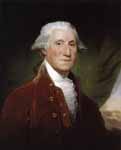
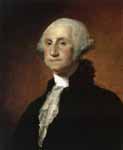
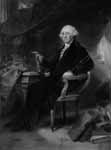
George Washington, Design for an Engraving
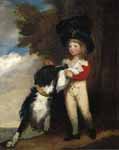
Gilbert Stuart - George Thomas John Nugent
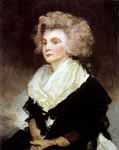
Gilbert Stuart - Portrait of Mrs_ Franck Rolleston
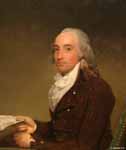
Gilbert Stuart - Portrait of Richard Barrington
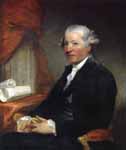
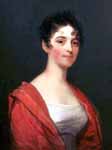
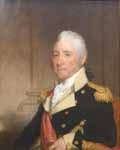
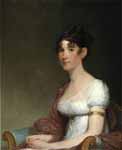
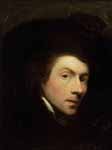

Vaughn Portrait of George Washington
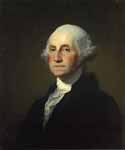
Williamstown Portrait of George Washington
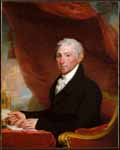
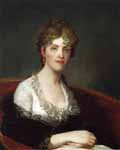
Helena Lawrence Holmes Penington

Henrietta Elizabeth Frederica Vane
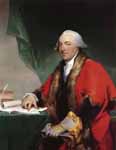
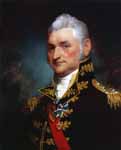


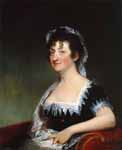


Hon. Theophilus Parsons, late Chief Justice of Massachusetts.
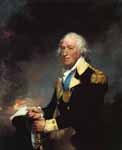


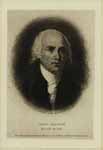
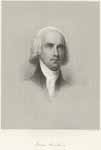
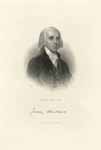
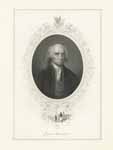
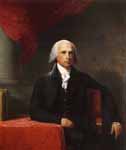

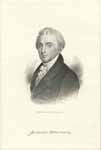
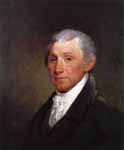
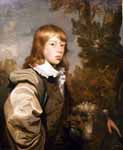


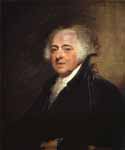


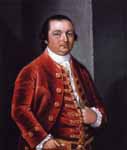
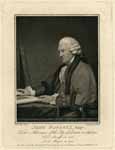
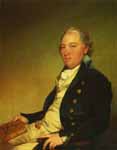
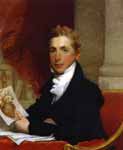

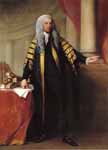


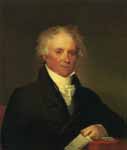
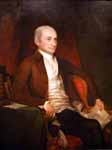


Fine Art Prints | Greeting Cards | iPhone Cases | Tote Bags | Clothing | Lifestyle | Beach ...
Gilbert Charles Stuart (born Stewart; December 3, 1755 – July 9, 1828) was an American painter from Rhode Island.
Gilbert Stuart is widely considered to be one of America's foremost portraitists.[2] His best known work, the unfinished portrait of George Washington that is sometimes referred to as The Athenaeum, was begun in 1796 and never finished; Stuart retained the portrait and used it to paint 130 copies which he sold for $100 each. The image of George Washington featured in the painting has appeared on the United States one-dollar bill for over a century,[2] and on various U.S. Postage stamps of the 19th century and early 20th century.[3]
Throughout his career, Gilbert Stuart produced portraits of over 1,000 people, including the first six Presidents of the United States.[4] His work can be found today at art museums across the United States and the United Kingdom, most notably the Metropolitan Museum of Art and Frick Collection in New York City, the National Gallery of Art in Washington, D.C., the National Portrait Gallery, London, Worcester Art Museum in Massachusetts, and the Museum of Fine Arts in Boston.[5]
Biography
Early life
Simple, two-story wooden house. The two doors open directly on to the front lawn.
The Gilbert Stuart Birthplace in Saunderstown, Rhode Island
Gilbert Stuart was born in Saunderstown, Rhode Island on December 3, 1755 and baptized at Old Narragansett Church.[6] He was the third child of Gilbert Stewart,[7] a Scottish immigrant employed in the snuff-making industry, and Elizabeth Anthony Stewart, a member of a prominent land-owning family from Middletown, Rhode Island.[4] Stuart's father worked in the first colonial snuff mill in America, which was located in the basement of the family homestead.[8]
Gilbert Stuart moved to Newport, Rhode Island at the age of six, where his father pursued work in the merchant field. In Newport, Stuart first began to show great promise as a painter.[9] In 1770, Stuart made the acquaintance of Scottish artist Cosmo Alexander, a visitor of the colonies who made portraits of local patrons and who became a tutor to Stuart.[10][11] Under the guidance of Alexander, Stuart painted the famous portrait Dr. Hunter's Spaniels, which hangs today in the Hunter House Mansion in Newport, when he was fourteen years old. The painting is also referred to as Dr. Hunter's Dogs by some accounts.[6]
In 1771 Stuart moved to Scotland with Alexander to finish his studies; however, Alexander died in Edinburgh one year later. Stuart tried to maintain a living and pursue his painting career but to no avail, and so in 1773 he returned to Newport.[12]
England and Ireland
Highlighted face of a solemn young man, surrounded by a dark background.
Self-Portrait, painted in 1778
A well dressed young man taking graceful steps, arms folded.
The Skater, 1782, a portrait of William Grant
Stuart's prospects as a portraitist were jeopardized by the onset of the American Revolution and its social disruptions. Following the example set by John Singleton Copley, Stuart departed for England in 1775.[13] Unsuccessful at first in pursuit of his vocation, he then became a protégé of Benjamin West, with whom he studied for the next six years. The relationship was a beneficial one, with Stuart exhibiting at the Royal Academy as early as 1777.[13]
By 1782 Stuart had met with success, largely due to acclaim for The Skater, a portrait of William Grant. It was Stuart's first full-length portrait and, according to the art historian Margaret C. S. Christman, it "belied the prevailing opinion that Stuart ‘made a tolerable likeness of a face, but as to the figure, he could not get below the fifth button’".[14] Stuart said he was “suddenly lifted into fame by a single picture".[15]
At one point, the prices for his pictures were exceeded only by those of renowned English artists Joshua Reynolds and Thomas Gainsborough. Despite his many commissions, however, Stuart was habitually neglectful of finances and was in danger of being sent to debtors' prison. During this period he married Charlotte Coates. In 1787 he fled to Dublin, Ireland, where he painted and accumulated debt with equal vigor.[16]
New York and Philadelphia
Leaving numerous unfinished paintings behind, Stuart ended his 18-year stay abroad in 1793, returning to the United States to settle briefly in New York City.[14] In 1795 he moved to Germantown, Pennsylvania, near (and now part of) Philadelphia, where he opened a studio.[17][18] It was here that he would gain not only a foothold in the art world, but lasting fame with pictures of many important Americans of the day.
George Washington, 1796. Oil on canvas. One of several copies Stuart painted of this full-length portrait. Brooklyn Museum
Detailed painting of head and shoulders of Washington. Over half of the canvas is blank.
Gilbert Stuart's unfinished 1796 painting of George Washington, also known as The Athenaeum, is his most celebrated and famous work.
Stuart painted George Washington in a series of iconic portraits, each of them leading in turn to a demand for copies and keeping Stuart busy and highly paid for years.[19] The most famous and celebrated of these likenesses, known as The Athenaeum, is currently portrayed on the United States one dollar bill. Stuart, along with his daughters, painted a total of 130 reproductions of The Athenaeum. However, Stuart never completed the original version; after finishing Washington's face, the artist kept the original version to make the copies.[20] He sold up to 70 of his reproductions for a price of US$100 each, but the original portrait was left unfinished at the time of Stuart's death in 1828.[20] The painting was jointly purchased by the National Portrait Gallery and Museum of Fine Arts, Boston in 1980, and in late 2014 was on display in the National Portrait Gallery in Washington, D.C.[21][22]
Another celebrated image of Washington is the Lansdowne portrait, a large portrait with one version hanging in the East Room of the White House. During the burning of Washington by British troops in the War of 1812, this painting was saved through the intervention of First Lady Dolley Madison and Paul Jennings, one of President James Madison's slaves. Four versions of the portrait are attributed to Stuart,[23] and additional copies were painted by other artists for display in U.S. government buildings.[24] In 1803, Stuart opened a studio in Washington, D. C.[25]
Boston, 1805–1828
Stuart moved to Boston in 1805, continuing in critical acclaim and financial troubles. He lived on Devonshire Street.[26] He exhibited works locally at Doggett's Repository[27] and Julien Hall.[28] He was sought out for advice by other artists such as John Trumbull, Thomas Sully, Washington Allston, and John Vanderlyn.[14] In 1824 he suffered a stroke, which left him partially paralyzed. Nevertheless, Stuart continued to paint for two years until his death in Boston at the age of 72.[29] He was buried in the Old South Burial Ground of the Boston Common. As Stuart left his family deeply in debt, his wife and daughters were unable to purchase a grave site. Stuart was therefore buried in an unmarked grave which was purchased cheaply from Benjamin Howland, a local carpenter.[30] When Stuart's family recovered from their financial troubles roughly ten years later, they planned to move his body to a family cemetery in Newport, Rhode Island. However, since his family could not remember the exact location of Stuart's body, it was never moved.[31]
Legacy
By the end of his career, Gilbert Stuart had taken the likenesses of over one thousand American political and social figures.[32] He was praised for the vitality and naturalness of his portraits, and his subjects found his company agreeable:
Speaking generally, no penance is like having one's picture done. You must sit in a constrained and unnatural position, which is a trial to the temper. But I should like to sit to Stuart from the first of January to the last of December, for he lets me do just what I please, and keeps me constantly amused by his conversation.
— John Adams[33]
Stuart was known for working without the aid of sketches, beginning directly upon the canvas. This was very unusual for the time period. His approach is suggested by the advice he gave to his pupil Matthew Harris Jouett: "Never be sparing of colour, load your pictures, but keep your colours as separate as you can. No blending, tis destruction to clear & bea[u]tiful effect."[14]
Stuart's works can be found today at art museums and private collections throughout the United States and Great Britain, including the University Club in New York City, the Metropolitan Museum of Art in New York City, the National Gallery of Art in Washington, D.C., the National Portrait Gallery in London, and the Museum of Fine Arts in Boston.[5]
His daughter, Jane Stuart (1812-1888), also a painter, sold many of his paintings and her replicas of them from her studios in Boston and Newport, Rhode Island.[34]
A life mask of Stuart was created by John Henri Isaac Browere around 1825.[35]
In 1940, the U.S. Post Office issued a series of Postage stamps called the 'Famous Americans Series' commemorating famous Artists, Authors, Inventors, Scientists, Poets, Educators and Musicians. Along with the artists James McNeil Whistler, Augustus Saint-Gaudens, Daniel Chester French and Frederic Remington, Gilbert Stuart is found on the 1 cent issue in the Artists category.
Today, Stuart's birthplace in Saunderstown, Rhode Island is open to the public as the Gilbert Stuart Birthplace and Museum. The museum consists of the original house Stuart was born in, with copies of paintings from throughout his career hanging throughout the house. The museum opened in 1930.[36]
Notable people painted
This section needs additional citations for verification. Please help improve this article by adding citations to reliable sources. Unsourced material may be challenged and removed. (March 2013)
Abigail Adams - Second First Lady of the United States, wife of John Adams
John Adams - Second President of the United States
John Quincy Adams - Sixth President of the United States
John Jacob Astor - First American multi-millionaire, fur trader, art patron
John Bannister - Owner of Bannister's Wharf in Newport, Rhode Island
Commodore John Barry - Father of the American Navy
Ann Willing Bingham - Philadelphia socialite
Horace Binney - Prominent Philadelphia lawyer[37]
Hugh Henry Brackenridge - early American writer, Pennsylvania Supreme Court justice, and founder of the University of Pittsburgh.
Jean Baptiste Casmiere Breschard - Performer and theatrical impresario
Mary Willing Clymer - Philadelphia socialite
John Singleton Copley - American colonial portraitist
Horatio Gates - American Revolutionary War general[37]
King George III - King of United Kingdom of Great Britain and Ireland, 1760–1820[37]
John Jay - First Chief Justice of the United States Supreme Court
Thomas Jefferson - Third President of the United States
Rufus King - a signer of United States Constitution.
Robert Kingsmill - Admiral in Royal Navy during American and French Revolutionary Wars
King Louis XVI - King of France, 1774 - 1792[37]
James Madison - Fourth President of the United States
Daniel McCormick - New York merchant and banker
Catherine Wister Miles - Wife of Samuel Miles - Revolutionary War General and Philadelphia Mayor (1790)
Samuel Miles - Revolutionary War General, Philadelphia Mayor, and America's first faithless elector
James Monroe - Fifth President of the United States
Daniel Pinckney Parker - Prominent Boston Merchant
John Randolph of Roanoke-Virginia Congressman and Senator
Joshua Reynolds - English artist
Henry Rice - Boston merchant and Massachusetts state legislator
John Bill Ricketts - Founder of first circus in the United States
Thomas Townshend, 1st Viscount Sydney, in whose honour the cities of Sydney in New South Wales, Australia and Sydney in Nova Scotia, Canada, are named, in 1785 and 1788 respectively.
George Washington - First President of the United States
Martha Washington - First First Lady of the United States, wife of George Washington
Benjamin West - American painter
Catherine Brass Yates - Philadelphia socialite
Rosalie Stier Calvert - Belgian born heiress and mother of Charles Benedict Calvert
Stuart's art on postage stamps
Gilbert Stuart's paintings of Washington, Jefferson and others have been served as models for the engravings found on dozens of U.S. Postage stamps released over the years. Washington's image from the famous Washington portrait, The Athenaeum, is probably the most noted example of Stuart's work on U.S. Postage.
References
"Gilbert Stuart (1775–1828)". Worcester Art Museum. Retrieved 2008-02-04.
Gilbert Stuart Birthplace and Museum. Gilbert Stuart Biography. Accessed July 24, 2007.
Smithsonian National Postal Museum
Gilbert Stuart Birthplace at the Wayback Machine (archived November 16, 2005), The Story of Gilbert Stuart. Woonsocket Connection. Retrieved on July 25, 2007.
ArtCyclopedia. Gilbert Stuart. Paintings in Museums and Public Art Galleries. Accessed July 24, 2007.
"Gilbert Stuart". The Gilbert Stuart Museum. Retrieved 11 October 2010.
NNDB. Gilbert Stuart. Father. Accessed: July 25, 2007.
McLanathan, Richard. Gilbert Stuart. New York: Harry N. Abrams Inc., 1986. p13
Gilbert Stuart Birthplace. Gilbert Stuart. Accessed: July 28, 2007.
National Gallery of Art. Gilbert Stuart. Newport and Edinburgh (1755-1775). Accessed: July 28, 2007.
"Gilbert Stuart". Redwood Library and Athenæum< Newport Rhode Island. Retrieved 11 October 2010.
"Gilbert Stuart". Germantown, Portrait Artist. Retrieved 11 October 2010.
National Gallery of Art. Gilbert Stuart. London (1775-1787). Accessed: July 31, 2007.
Christman, Margaret C. S. "Stuart, Gilbert." In Grove Art Online. Oxford Art Online, retrieved October 1, 2012
National Gallery of Art.The Skater (Portrait of William Grant), 1782. Retrieved November 23, 2014.
National Gallery of Art. Gilbert Stuart. Dublin (1787-1793). Accessed: July 31, 2007.
"Gilbert Stuart — Washington". americanrevolution.org. Retrieved 2007-11-25.
"George Washington". Smithsonian Institution. Retrieved 2007-11-25.
National Gallery of Art. Gilbert Stuart. Philadelphia (1794-1803). Accessed: July 31, 2007.
Wallechinsky, David and Irving Wallace. "Unfinished Art: Gilbert Stuart's Portrait of George Washington". The People's Almanac. Trivia-Library.com. Retrieved 2008-04-21.
Museum of Fine Arts, Boston, George Washington Accessed December 12, 2014.
National Portrait Gallery Collections Search, NPGAmerica's Presidents, page 9. Accessed December 12, 2014.
Stretch, Bonnie Barrett, "The White House Washington", Artnews, October 1, 2004. Accessed: May 11, 2012.
Office of the Clerk, U.S. House of Representatives, Artist Gilbert Stuart’s portraits of George Washington. Accessed: May 11, 2012.
National Gallery of Art. Gilbert Stuart. Washington, D.C. (1803-1805). Accessed: July 31, 2007.
Boston Directory. 1813
Daily Advertiser, March 2, 1822
Boston Commercial Gazette Dec.1, 1825
McLanathan, Gilbert Stuart, p148
McLanathan, Gilbert Stuart, p150
Wolpaw, Jim. Gilbert Stuart: A Portrait from Life (9-Minute Trailer). Documentary.
"Gilbert Stuart". Gilbert Stuart Museum. Retrieved 2009-07-16.
McLanathan, Gilbert Stuart, p147
Newport Historical Society
Charles Henry Hart. Browere's life masks of great Americans. Printed at the De Vinne Press for Doubleday and McClure Company, 1899. Google books
"Gilbert Stuart Birthplace and Museum". Gilbert Stuart Museum. Retrieved 2009-07-16.
"Gilbert Stuart, Executive Summary". Nndb.com. Retrieved July 25, 2007.
Carter, Life and Times, 62–3.
----
Fine Art Prints | Greeting Cards | Phone Cases | Lifestyle | Face Masks | Men's , Women' Apparel | Home Decor | jigsaw puzzles | Notebooks | Tapestries | ...
----
Artist
A - B - C - D - E - F - G - H - I - J - K - L - M -
N - O - P - Q - R - S - T - U - V - W - X - Y - Z
Retrieved from "http://en.wikipedia.org/"
All text is available under the terms of the GNU Free Documentation License


